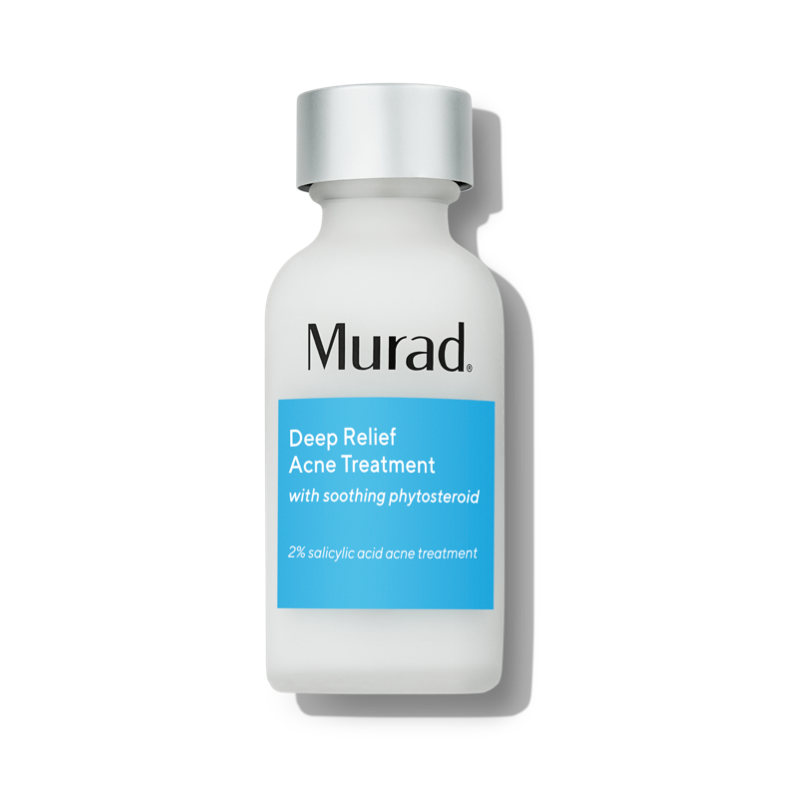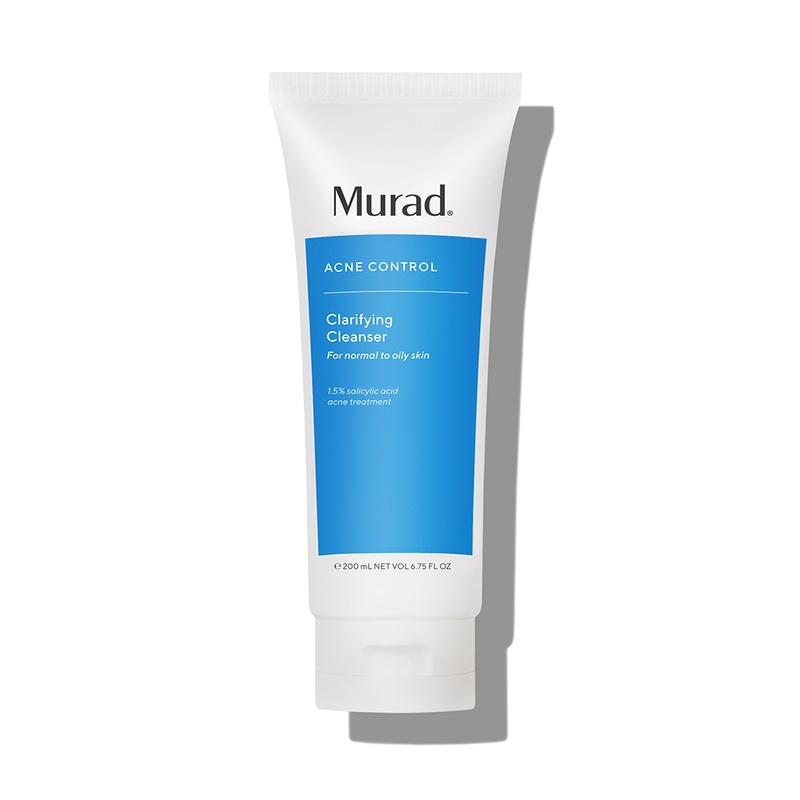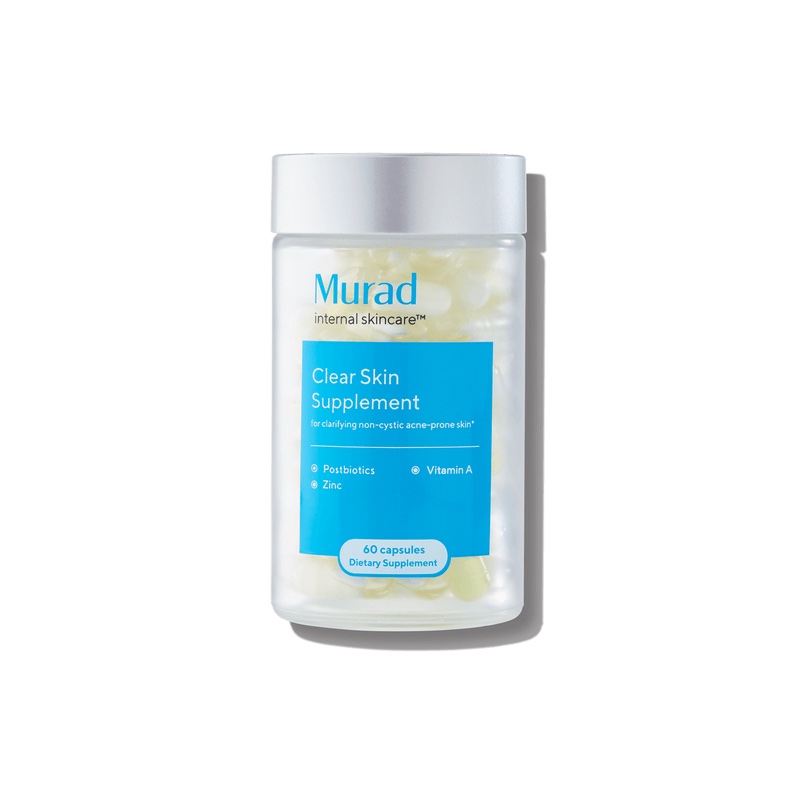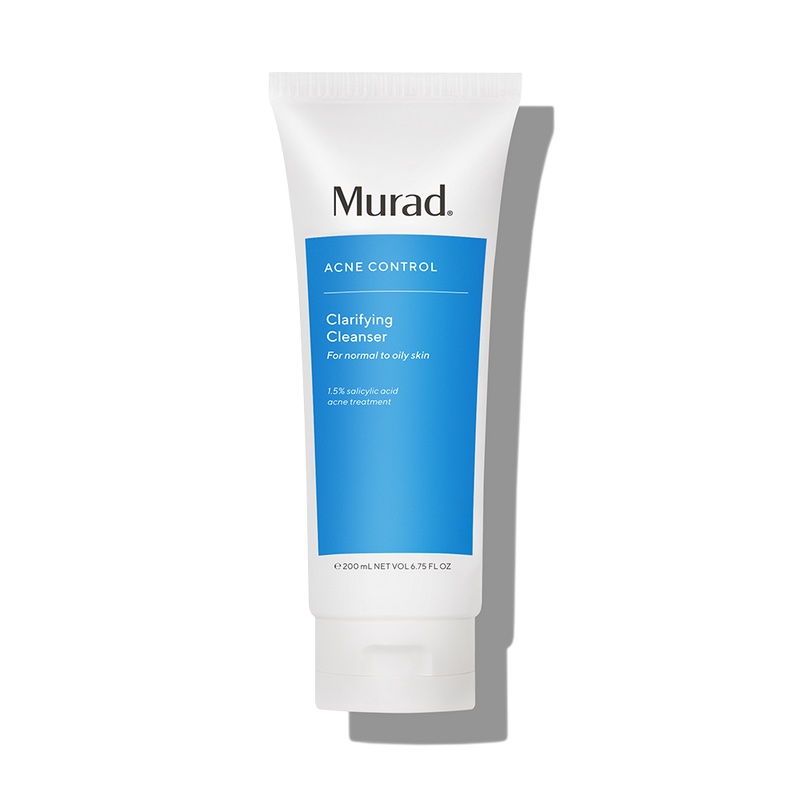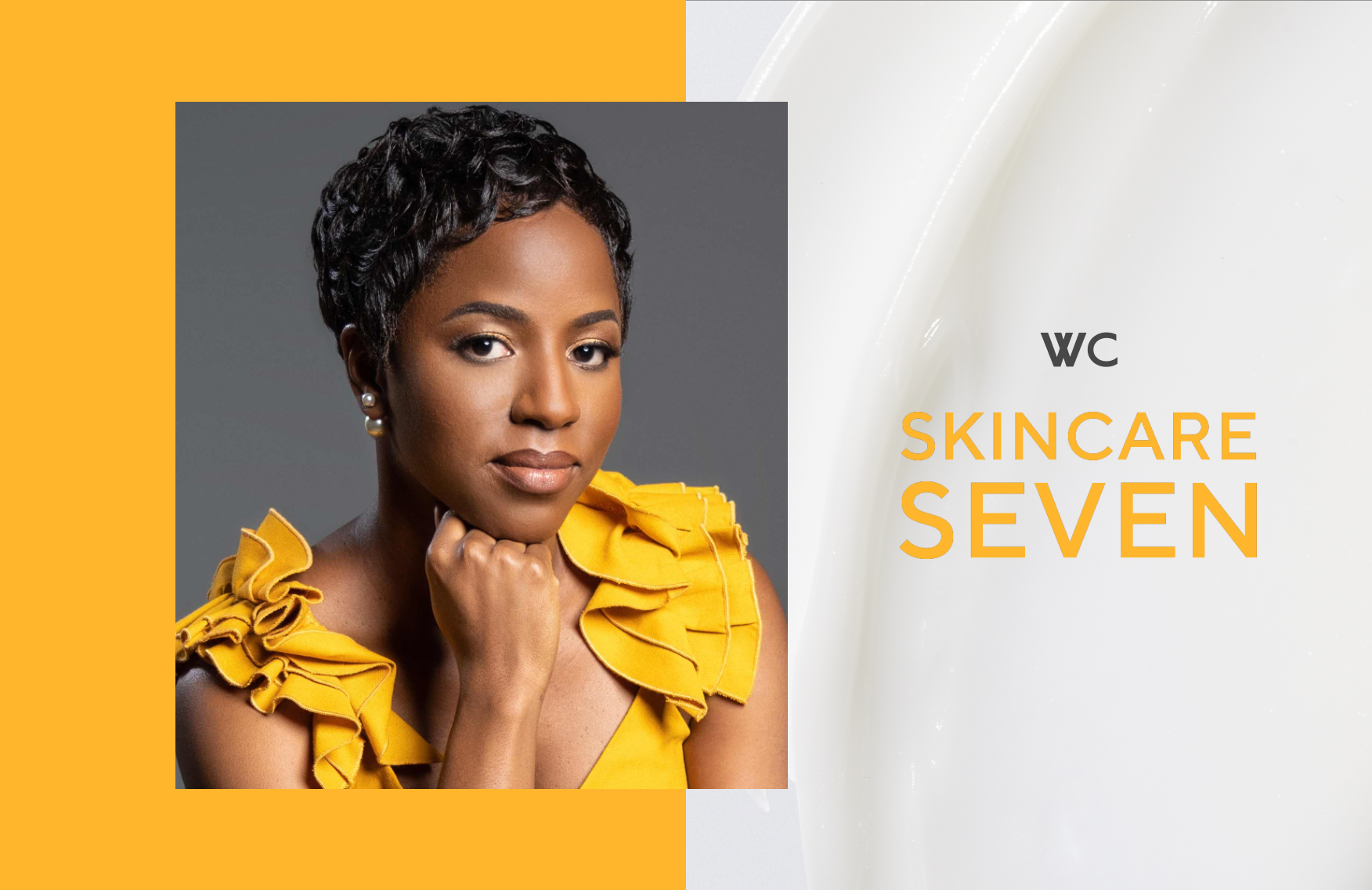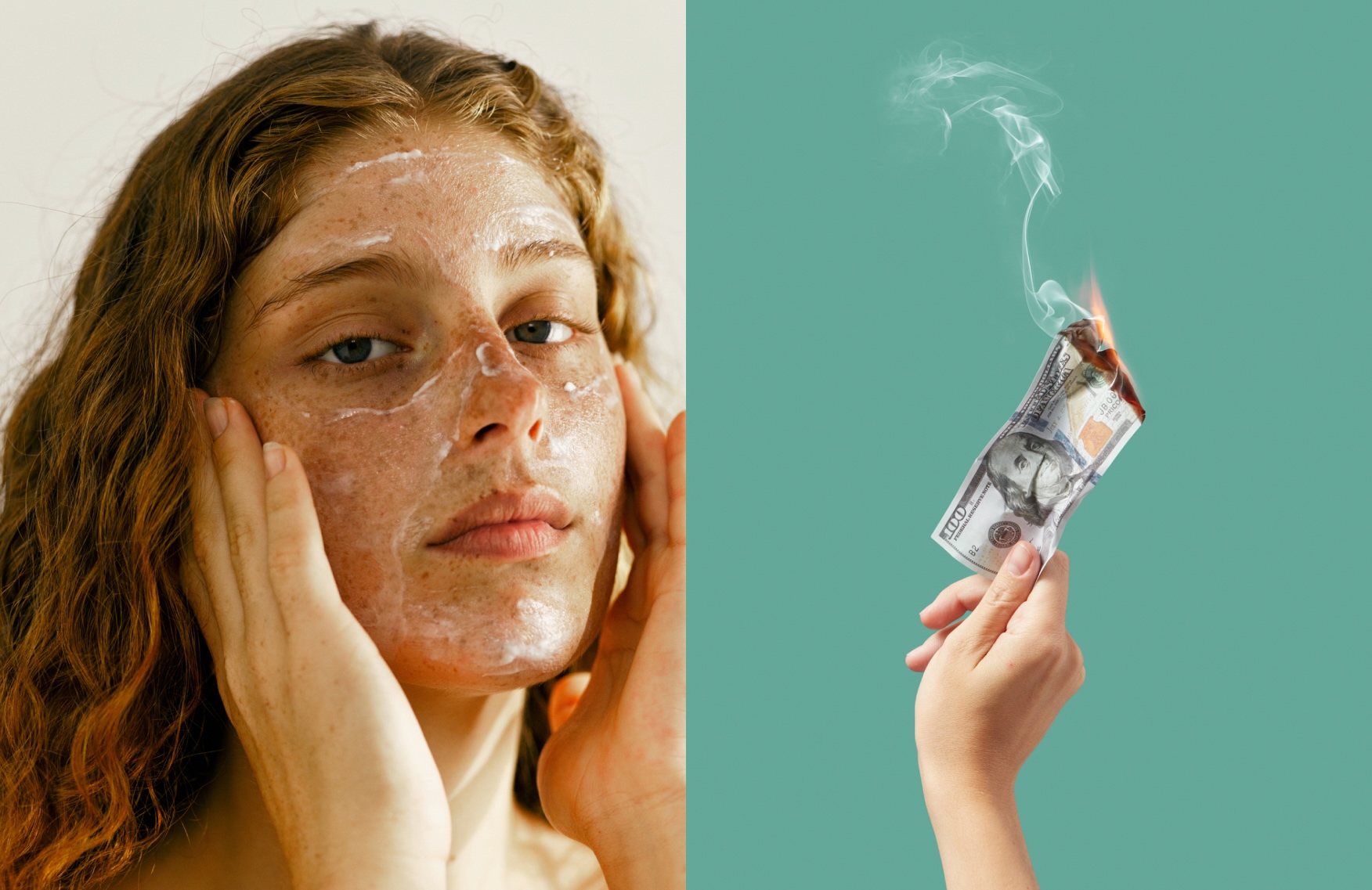Why can’t you treat cystic acne like regular breakouts? Acclaimed dermatologist Dr. Howard Murad reveals the answer
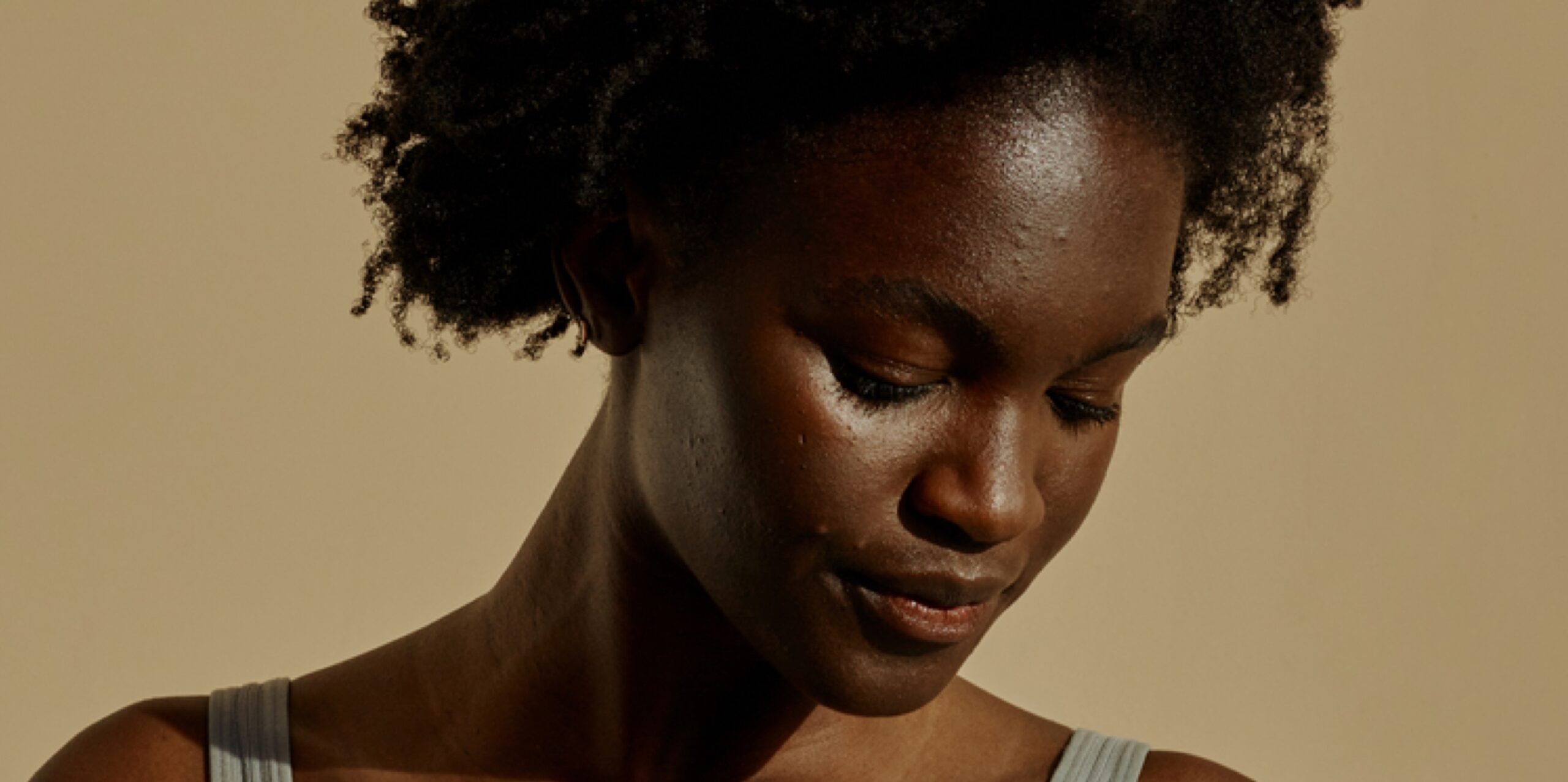

Clinically reviewed by: Lori Cahitas, licensed esthetician
We asked board-certified dermatologist and Murad founder Dr. Howard Murad (who also happens to be a former acne sufferer himself) to share all about cystic acne after nearly 50 years of treating patients—from why you can’t treat an acne cyst like your average pimple, to treatments for painful bumps that just can’t wait for relief from a dermatologist office visit.
But first, what exactly is cystic acne?
It’s important to note that all types of acne begin as a comedone. So how do comedones form?
- Oils travel naturally up through the pores to the skin’s surface
- Dead skin cells that don’t naturally shed from the skin’s surface mix with oils
- This mix plugs and clogs the pores and causes acne-causing bacteria build-up
- Once combined, these oils, dead skin cells and bacteria create a comedone (visible as a bump on skin)
- Causes of comedones forming can vary wildly, including genetic factors, stress, diet, birth control pills and more
Cystic acne (also known as acne cysts) is inflammatory acne, which means bacteria has infected a pore that’s been blocked by oils and skin cells. Your body tries to fight and push out the bacteria and skin cell plug in your pore, which leads to inflammation.
While inflammatory acne can be considered mild to moderate acne, true cystic acne is classified as severe acne, showing on skin as painful, swollen, pus-filled bumps that live deep below the skin surface. “Cystic acne is deeper and wider than regular acne because it’s not just one papule—it’s a concentration of multiple large papules,” Dr. Murad explains. “That’s why acne cysts don’t easily clear with standard topical acne treatments like benzoyl peroxide—you can’t treat them like any other breakout.”
How can I tell if I truly have cystic acne?
Cystic acne can basically appear anywhere you have pores, but it’s mostly seen on the face, neck, shoulders and upper arms. True diagnosis of acne that’s classified as severe (like cystic acne) comes from a doctor or dermatologist, but severe acne does have common tell-tale signs:
- Pain
- Swelling
- Redness
- Tenderness
- Nodules, puss-filled bumps or lumps that just don’t seem to clear
What is the best cystic acne treatment?
The best treatment for your cystic acne ultimately depends on your personal skincare diagnosis with a dermatologist. Some in-office cystic acne treatments can include a cortisone injection that targets the cyst deep below the surface where it lives to provide relief from swelling and redness. However, cortisone shots should be considered short-term relief, not a replacement for a consistent regimen for acne-prone skin that helps exfoliate away dead skin cells, control excess oil-gland production and balance skin. Dermatologists can also prescribe tretinoin (vitamin A), as well as antibiotic topicals to help wipe out bacteria and soothe the discomfort.
What about salicylic acid and benzoyl peroxide?
Tried-and-true, over-the-counter products for acne like salicylic acid have been proven to kill bacteria to help clear and prevent acne. Benzoyl peroxide can also help treat skin blemishes, but is often trusted for more severe acne (though studies have shown it to be less effective on whiteheads). New ingredient discoveries like using phytosteroids—plant-based steroids—in products can mimic the soothing effects of an in-office cortisone shot from the comfort of your home (and without the needles).
How can I prevent cystic acne?
Dr. Murad says, “I tell my patients to treat their cystic acne daily as a preventative measure, even if they don’t see or feel a bump—especially if the bumps recur in the same spot.” Your daily cystic acne routine should include a cleanser, toner, treatment and moisturizer for acne-prone skin (and of course don’t forget an SPF). Never pick, pop or squeeze any kind of breakouts—especially cystic acne or more severe acne—as this can cause major discoloration and scarring.
While a consistent skincare regimen is key, Dr. Murad says, “Treating acne demands a more holistic approach that includes lifestyle and nutrition. Skin is usually a reflection of how well we eat, how well we sleep and how we manage stress.” If you feel like you’ve tried everything to treat your acne cysts, it might be time to try some self-care, especially when stressing out about having acne can actually make the condition worse, Dr. Murad notes: “It can be a terrible cycle. Acne can have an emotional effect that can impact self-esteem, which then causes stress and thus potentially more acne. Always be sure to share how you feel with a dermatologist or someone you trust, and take the necessary steps to care for your yourself. Because ultimately that will show up on your skin.”
References for this information:
Healthline Website, Skin
Cleveland Clinic Website, Disease & Conditions
Postgraduate Medical Journal, 2006, volume 82, issue 970, pages 500-506
